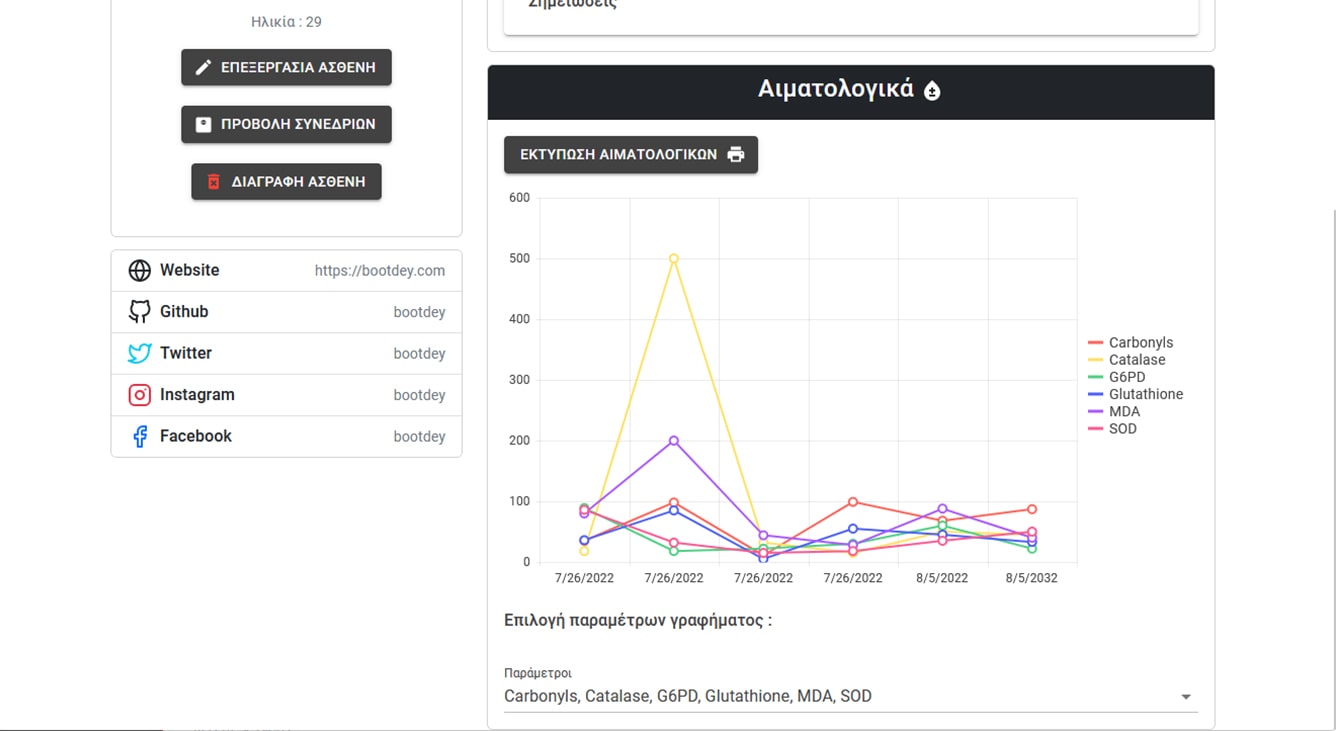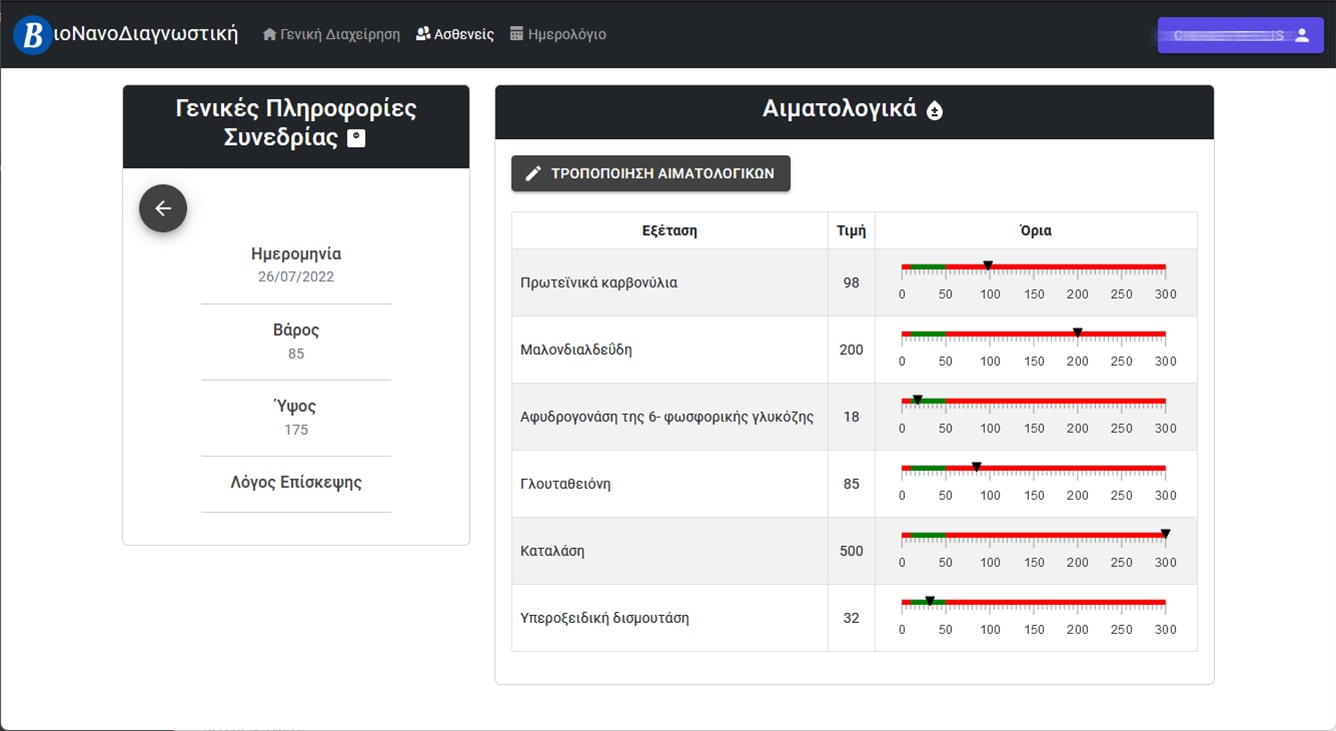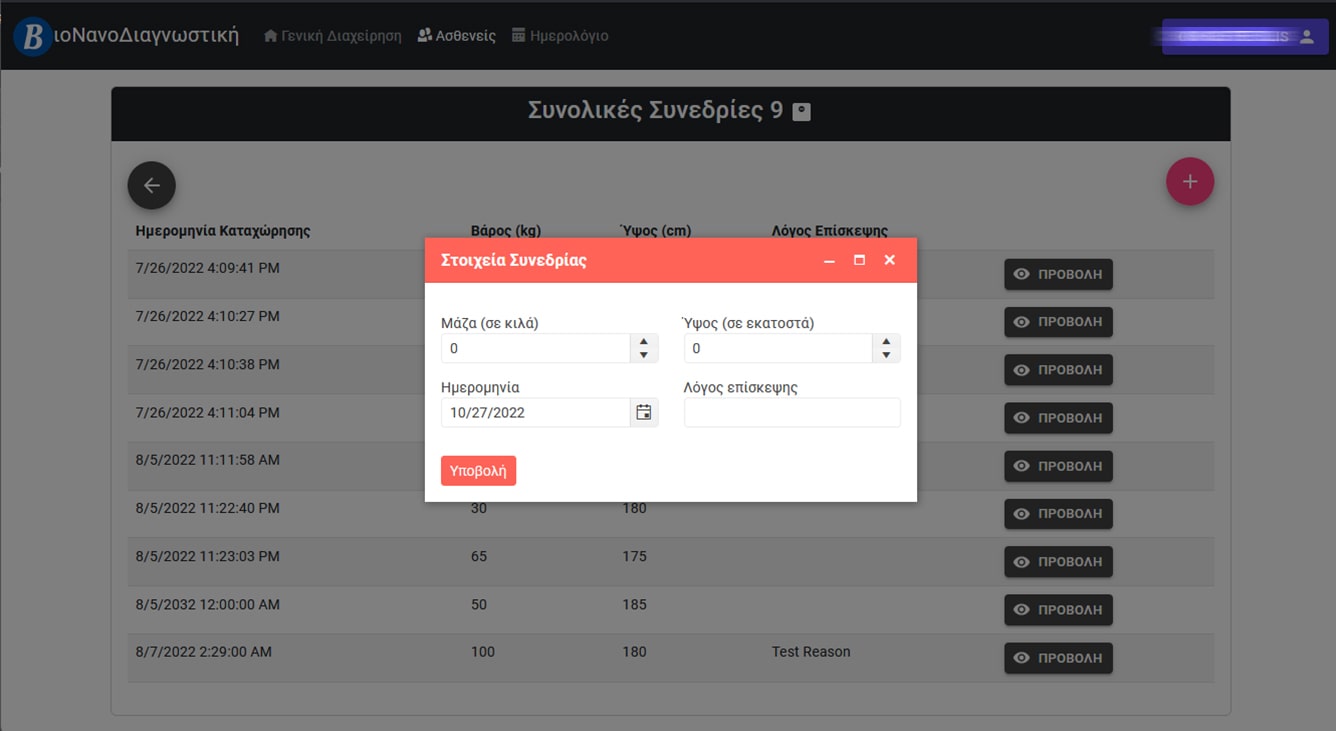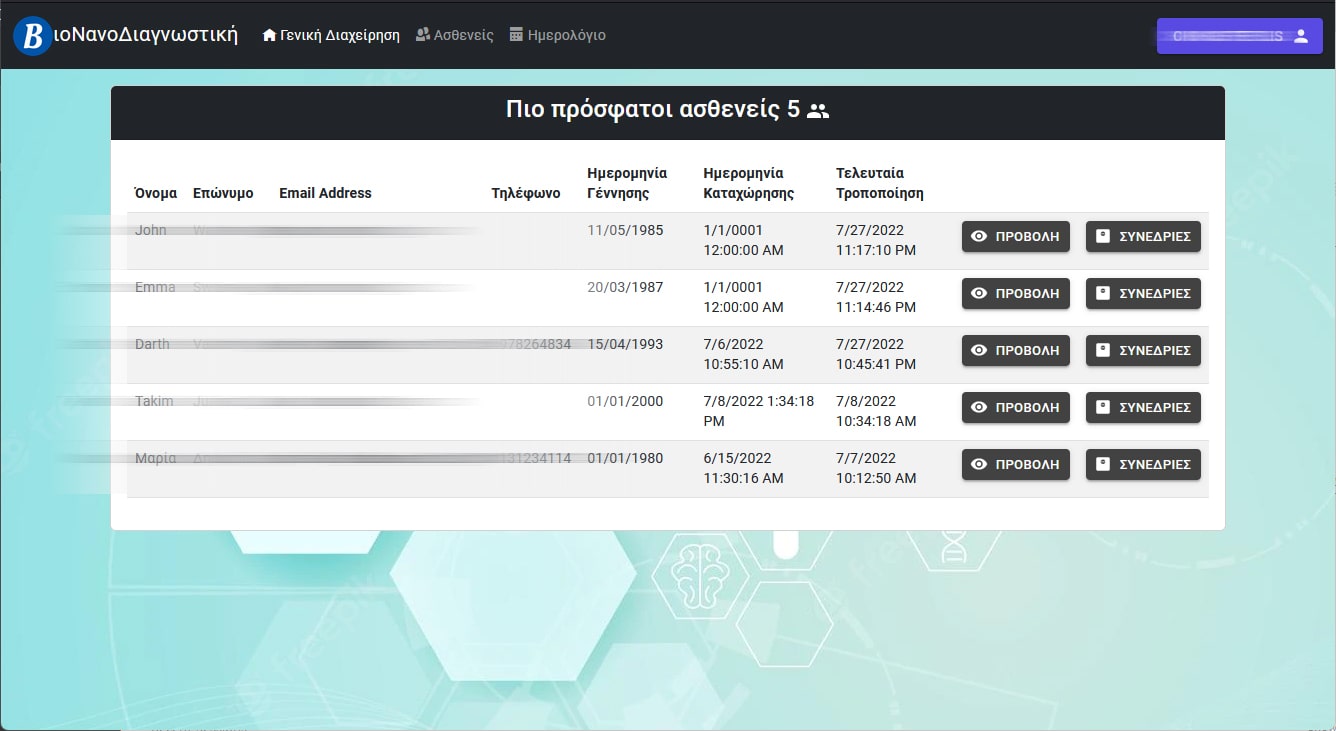BioNanoDiagnostics Project
- Home
- BioNanoDiagnostics Project
Development of Novel optical biosensors based on Si nanowires for determining cancer, metabolic and oxidizing stress indicators
The project aims at the development of optical biosensors for the immunochemical detection of cancer indices, proteins and indices of oxidative stress. The detection will be based on Raman spectroscopy and photoluminescence (PL). For the enhancement of the detection limit, Si substrates with an array of vertical nanowires will be fabricated, on which metal nanoparticles will be deposited in order to enhance the Raman signal of the investigated substances.
The method is called SERS (surface-enhanced Raman scattering). Under optimal conditions the Raman signal can be enhanced between 10E6 and 10E14.
The SERS substrates will be assessed for their sensitivity to detect the SERS signal originated from three cancer indices, which are related mainly to gynecological cancers, the cancer antigen 125 (Ca-125), human epididymis protein 4 (HE4) and survivin or BIRC5 (baculoviral inhibitor of apoptosis repeat-containing 5).
The combined detection of these indices is expected to enable early diagnosis and screening of ovarian cancer, contributing to the survival of the patient and the avoidance of relapse. It is worth noting that there is no screening process contributing to the prevention of ovarian cancer so far.
The use of the proposed SERS substrates for the immunochemical determination of the above three cancer indices will increase the sensitivity of the detection relative to the exiting immunochemical techniques (ELISA, chemoluminescence) and will decrease the duration and cost of the analysis.
Additionally, a technology is developed for the selective detection of characteristic oxidative stress indices in saliva.
The objectives of the project can be summarized as follows:
1
2
3
We develop the software for the evaluation of metabolism and oxidative stress measurements. Six indices of oxidative stress will be detected for diagnosis and prevention of their consequences in human organism. The analysis for the six indices of oxidative stress will be done by saliva, so is not required a blood sample from a microbiology laboratory.
The software for the conjunctive analysis of results is user-friendly and can be used by healthcare professionals.
Thus, through the software platform, the system from an innovative biological indicator analysis system is transformed into an integrated Point of Care health system.
The software allows the user to enter the results into the examinee’s account and in combination with the medical history can evaluate examinee condition and proceed with consultation for changing lifestyle, diet, exercise, sleep, etc
The software will be able to reproduce a series of distinct and special studied reports that will present in detail the proposals/advices of the health care professional, the trend analysis of the indices, the static analysis etc. that completes the platform.







